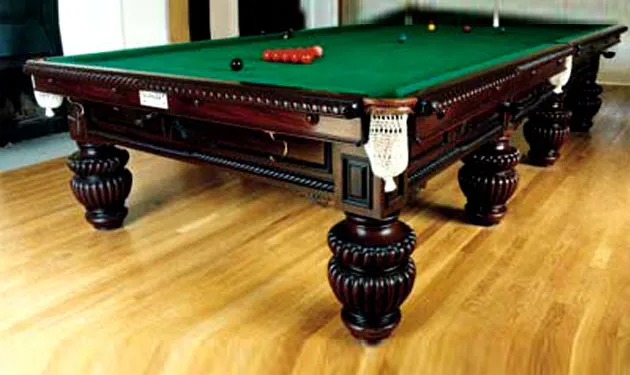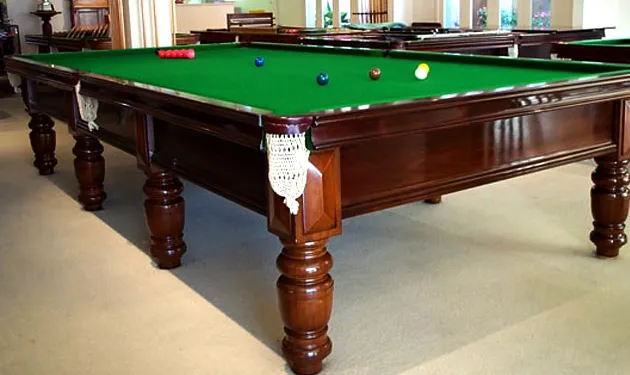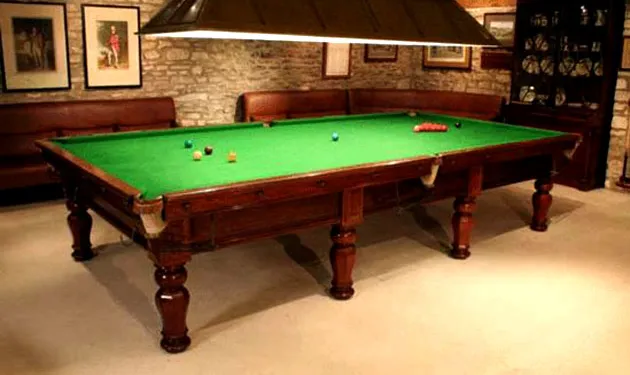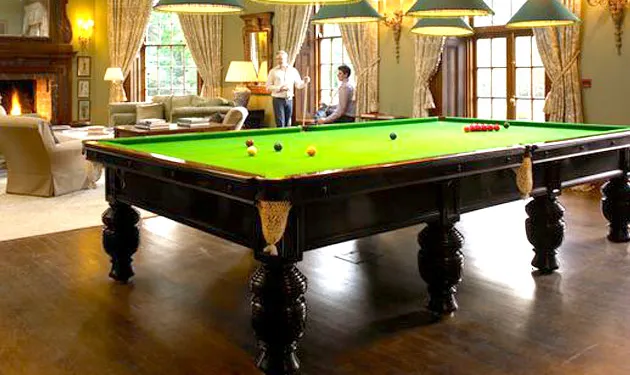Billiard
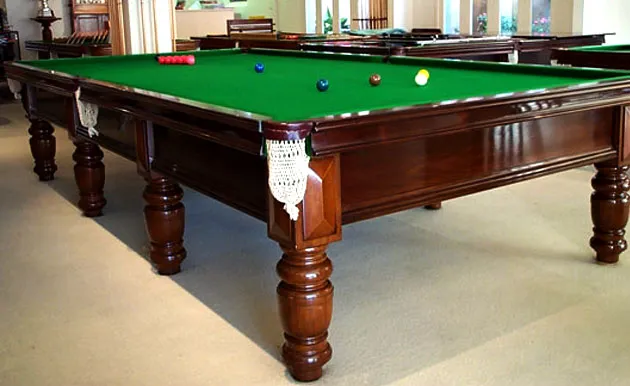
ABOUT THE GAME
Billiards is believed to have developed as an indoor version of lawn games such as croquet (a sport that involves hitting plastic or wooden balls with a mallet through hoops embedded in a grass playing court).
Around 1500s French nobility and others began installing billiard tables in their homes. The green cover of the table was meant to emulate the green grass and the borders were simple wooden planks to keep the balls from rolling off.
For a long time, the balls were hit using a mace with a large head. However, this was problematic when the balls were close to the walls of the table and players started using the tail end or queue in French which soon became cue in English.
Today, the popularity of this game is observed on the facts that billiards is widely played on the professional levels. Even, people from a country like India prefer this game over others. Some cities of India where Billiards is widely played includes it’s National Capital, Delhi/NCR, and others like Gujarat, Punjab, Jalandhar, Haryana, Chandigarh, and Maharashtra as well.
The balls were made of wood and Ivory. The game wedged on and many versions developed.
The two basic forms are the carom games where there are no pockets and the other very popular Billiard game where there are pockets.
While the first walls of the Billiard table were wooden planks, players comprehended that they could be used to bounce the ball against. This effect was boosted using rubber walls and when Goodyear vulcanized rubber this was used as part of the rails of pool tables.
People also started using slate as the base for the table covering because of the level surface it provided. Later chalk also began to be used to increase friction between the cue and the all.


